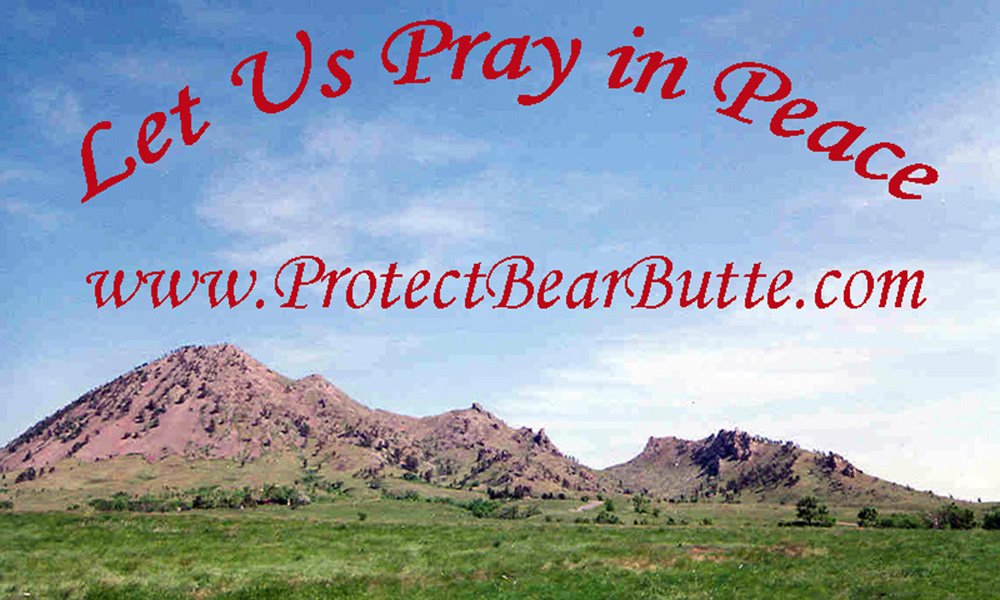1,200-year-old home found
It contains pit house, hearth and broken pots
By Mark Havnes
The Salt Lake Tribune
Article Last Updated: 08/20/2008 10:21:51 PM MDT
Posted: 10:14 PM- KANAB - For a nearly 1,200-year-old home, it's held up pretty well.
"Amazing" and "pristine" were the words archaeologists used to characterize the site of the ancient settlement just north of Kanab in southern Utah. It is believed that the single-family dwelling belonged to the Virgin Anasazi, who once flourished in the region, said Utah Department of Transportation spokesman Kevin Kitchen. The Virgin Anasazi was a prehistoric American Indian culture that lived along the Virgin River.
The culture predates other American Indian tribes who inhabited the area.
Kitchen said surveyors first found the site just east of US Highway 89 in 2006 while preparing for a possible road project on US 89. He doubts the discovery will influence plans for the road project.
UDOT archaeologist Pam Higgins said Wednesday research completed last week confirmed an "amazing find."
"My adrenaline was through the roof," she said.
The site, found amid deep red, sandy soil, was apparently home to a single family, Higgins said. No remains were found and it's unknown how many people lived there or for how long. Crews identified a pit house used for shelter, which measured about 13 feet in diameter, several storage containers and a hearth in what appeared to be a covered communal area.
Higgins said
--------------------------------------------------------------------------------
Advertisement
--------------------------------------------------------------------------------
several broken pots were also found and that they could easily be repaired.
"What is so amazing about the site is the pristine condition it is in," she said.
The site sat undisturbed just below the surface for centuries and extended several feet beneath the ground about 300 yards east of Kanab Creek.
When the road project was being planned earlier this year, excavation plans were granted and digging began this summer for the data recovery work, as required by federal law.
Jody Patterson, a vice president for Moab-based Montgomery Archaeology and who worked at the site, said Wednesday the dig took about 30 days to complete.
Several years ago during a pipeline operation nearby, a similar site was excavated, Patterson said.
"The [new site] was extensive, but not unexpected," Patterson said.
State archaeologist Kevin Jones said the find is indicative of how populated the area once was.
"There were probably more people living in the area at one time than now," he said.
The discovery also revealed rabbit and deer bones, indicating hunting activity, along with stone drill bits for making jewelry and clothing and numerous stone tips.
"What was interesting was finding shells and what appears to be turquoise," Patterson said. The origin of those items will be determined and could shed light on trading patterns among southern Utah's former inhabitants.
After being inventoried and documented, the area was buried again last week.
A final report on the study of the site could take two years, Patterson said.
"Now the real work begins," he said
mhavnes@sltrib.com
http://www.sltrib.com/ci_10259444
Wednesday, August 20, 2008
Subscribe to:
Post Comments (Atom)




No comments:
Post a Comment